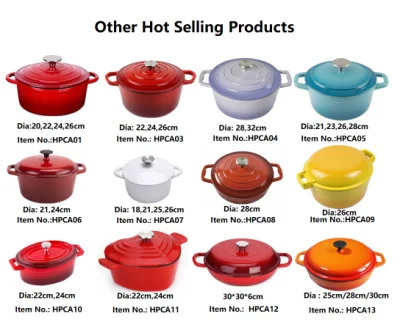If you own a cast-iron skillet, you know that cleaning it properly is important. Cast-iron pans need to be seasoned and can rust easily if the seasoning—the protective layer that makes it nonstick—is damaged. The good news? If you know how to care for yours, a cast-iron skillet will last a lifetime—and it'll continue to get better with age. Here's how to clean and properly season your cast-iron skillet.
- Mark Kelly, public relations and advertising manager at Lodge Cast Iron
- Nate Collier, director of marketing communications and culinary at Le Creuset
How to Properly Clean Your Cast-Iron Skillet
The way you clean your cast-iron skillet can impact the staying power of its seasoning—and its overall longevity. Make sure to gather the right cleaning supplies, which you likely already have in your home.
Materials You'll Need
- Non-abrasive sponge
- Coarse salt
- Vegetable oil
- Paper towel or dishcloth
Steps
- Gently scrub your pan using very hot water and a mild, non-abrasive sponge.
- To remove any stuck-on bits of food, use a combination of coarse salt and hot water to form a paste and scrub gently, then rinse with hot water.
- After washing a cast-iron skillet, dry it thoroughly to remove any excess water droplets and prevent rust from forming.
How to Season a Cast-Iron Pan
Seasoning a cast-iron skillet has nothing to do with herbs and spices; it's all about using oil to build up a nonstick surface and prevent rusting. While you should clean the skillet after each use, seasoning is only necessary occasionally, usually when you see signs the seasoning is wearing thin.
Best Selling Customized Color Oval Casserole Cast Iron Enamel Cooking Pot
Steps
- Rub a small amount of cooking oil on the inside of the pan using a paper towel or dishcloth.
- Heat the skillet in a 350°F oven for one hour, which bonds the oil to the pan to create a natural nonstick surface.
How does the oil transform your pan? "The fat becomes carbon particles, which creates the natural non-stick, or easy release," says Mark Kelly, public relations and advertising manager at Lodge Cast Iron. "The more people cook with the skillet, the more oils are imparted onto the cookware. With the heat from cooking, they become carbon particles."
Place your cast-iron skillet in the oven upside down to prevent oil from pooling in the center.
How to Clean an Enameled Cast-Iron Skillet
Enameled cast-iron pans are easier to clean because they're coated with a smooth, non-porous surface, says Nate Collier, director of marketing communications and culinary at Le Creuset. Follow these steps to ensure your enameled cast-iron skillet is properly cleaned.
Steps
- To clean enameled cast-iron, wash it with hot, soapy water, as with any other cookware.
- If you can't get rid of the pesky stains on the inside of the pot after a thorough cleaning, bring water to a gentle simmer in the pan with either a small amount of dish soap or baking soda.
- Then, scrub and rinse carefully.
Tips for Cleaning Your Cast-Iron Skillet
There are a few things to keep in mind to keep your cast-iron skillet in good shape and prevent rust formation.
When cleaning a cast-iron skillet (meaning non-enameled cast-iron), don't put it in the dishwasher or soak it in water overnight. Doing either of these things can ruin the pan's seasoning and also contribute to rusting.
Avoid using steel wool or other harsh materials to clean your cast-iron skillet, as they can also damage the seasoning. The exception to using steel wool is if your cast-iron has rusted over.

